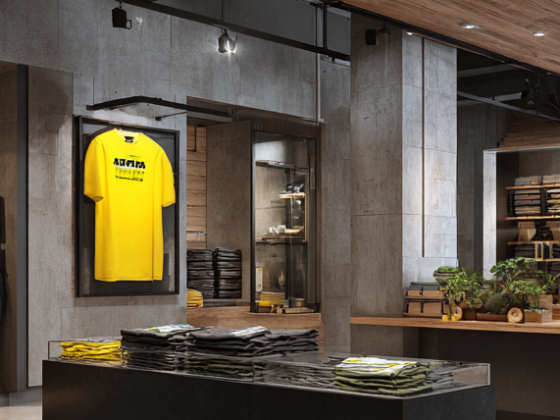share this article
Opening a store isn’t a milestone.
It’s an operating choice with real cost, fixed commitments, and downstream consequences. If you can’t explain what the store is for—and how you’ll know it worked—you’re buying risk without direction. A retail thesis gives you the clarity to spend wisely and scale deliberately.
What a retail thesis actually is
It’s a concise, evidence-based point of view on why physical retail belongs in your model now. It defines the store’s job, the outcomes that matter beyond four-wall sales, where the customer shows up offline, and how you’ll measure success. You don’t need a 30-page deck. You need a crisp answer to: why this format, in this market, at this time—and what earns the right to open the next one.

The jobs a store can do (pick the few that matter)
- Acquire a new segment you’re not winning online.
- Lower costs by absorbing returns or servicing try-before-you-buy.
- Lift brand through experience and community that ads can’t replicate.
- Drive halo—measurable e-comm lift in the trade area.
- Test new categories or margin structures in the wild.
All are valid. None are universal. Your thesis prioritizes which jobs your store must do, so design, staffing, KPIs, and capital follow function—not vibe.
Why brands stumble without one
Early traction can masquerade as a model. One good opening turns into overbuilt stores, pricier streets, and copy-paste metrics that don’t travel. Costs rise. The story blurs. The thesis prevents that drift: it sets guardrails, decision criteria, and stop-conditions before you sign again.

Real estate is not just a place—it’s precedent
Your first site tells landlords, investors, and your own team how you intend to grow. A flashy, high-street box can build brand heat but teach you little about what will scale; a demand-led site in a representative trade area yields the data you need for Stores 2–10. There’s no single right answer—only the one that matches your margin structure, capital plan, and risk tolerance. Pick the location that helps you learn fast and negotiate better next time.

Build the thesis, then the store
- Role: What problem does the store solve that digital cannot?
- Metrics: What will you track beyond revenue—conversion, traffic quality, halo on local e-comm, return deflection, NPS?
- Format: Size, service model, staffing, inventory philosophy aligned to the job.
- Market: Where the customer already is—validated by demand, not glamour ZIP codes.
- Proof plan: The window to evaluate, the thresholds to continue, and the changes you’ll make before store two.
Clarity up front sharpens every downstream choice—site, lease posture, kit-of-parts, and operating plan.
Measurement that actually informs decisions
Instrument the box. Count qualified traffic, tie POS to local digital lift, tag returns avoided, and monitor dwell and service times. Decide in advance what “worked” means and when you’ll decide. The goal isn’t to win awards—it’s to learn fast enough to either scale with confidence or change course with minimal sunk cost.
The payoff
With a thesis, the store stops being an expensive experiment and becomes a precise tool. You invest where the job is clear, you say no where it isn’t, and your second and third openings benefit from evidence, not assumptions. The best retail strategies don’t start with a floor plan. They start with a point of view you can execute.




